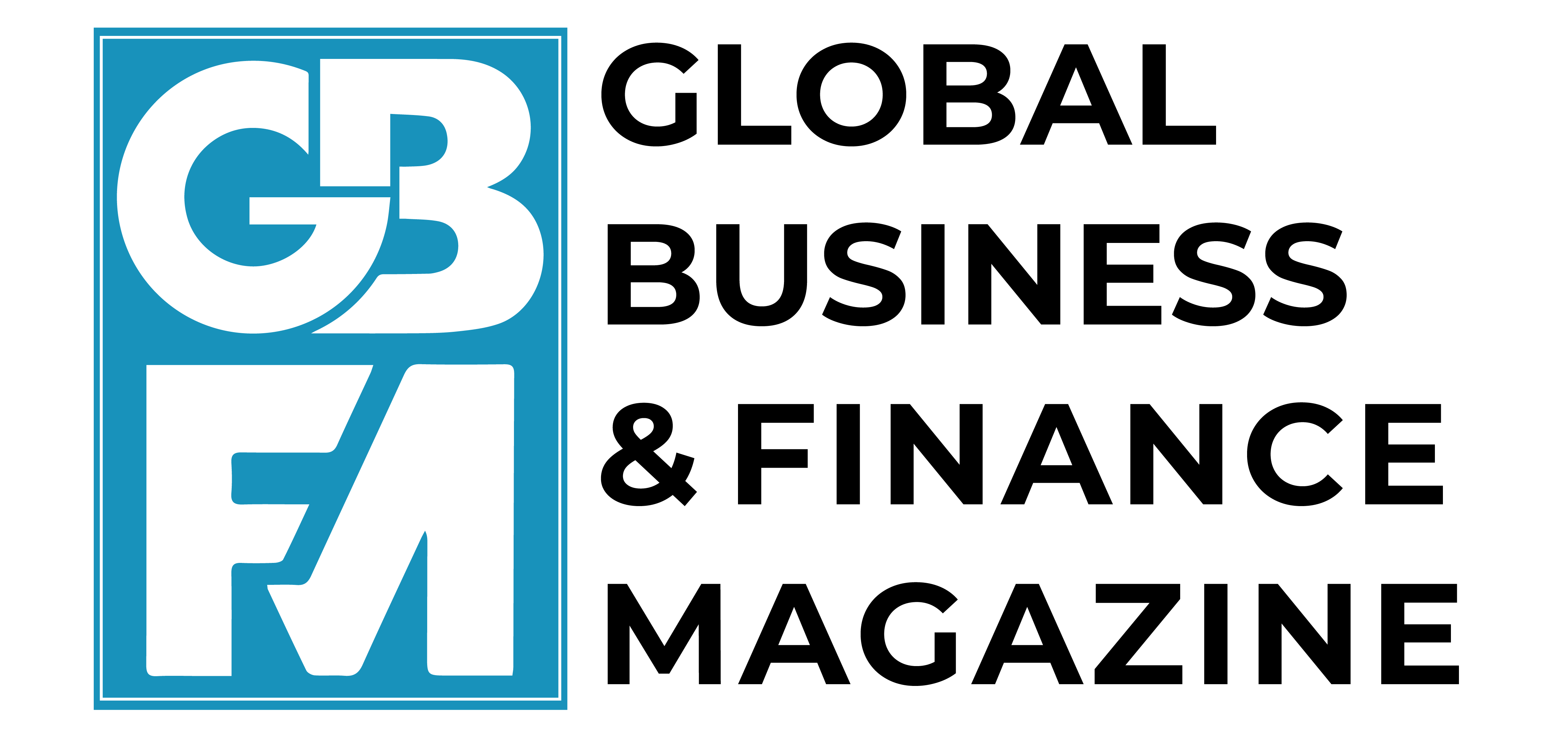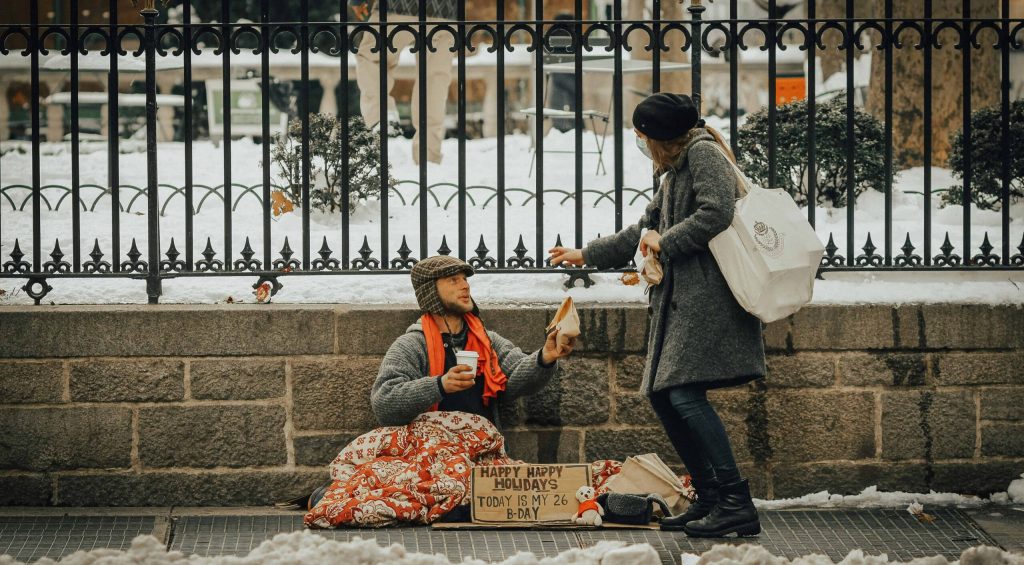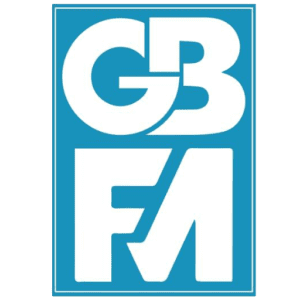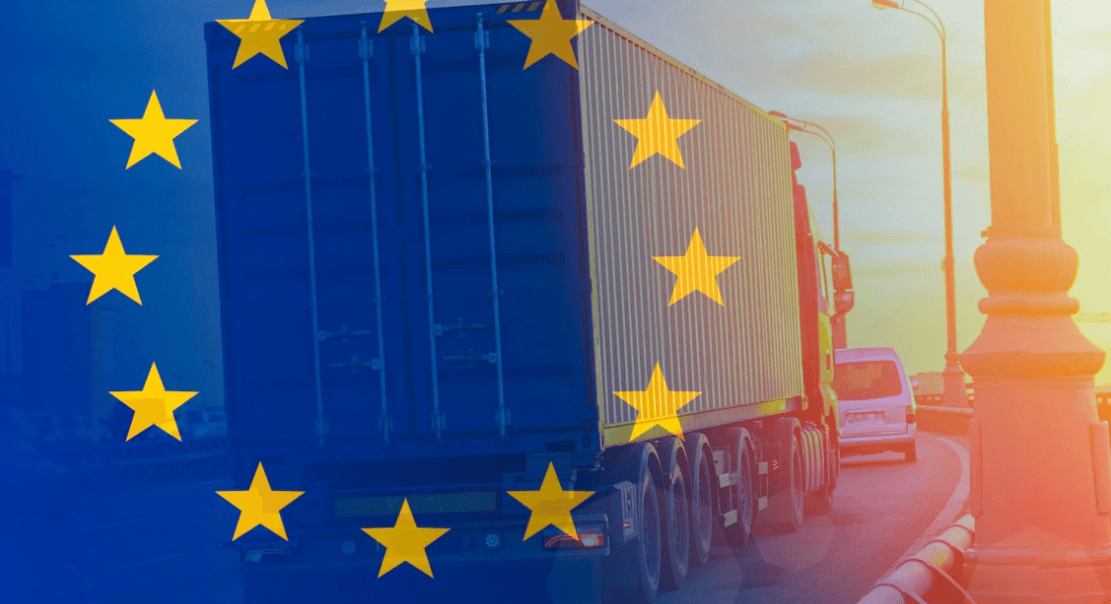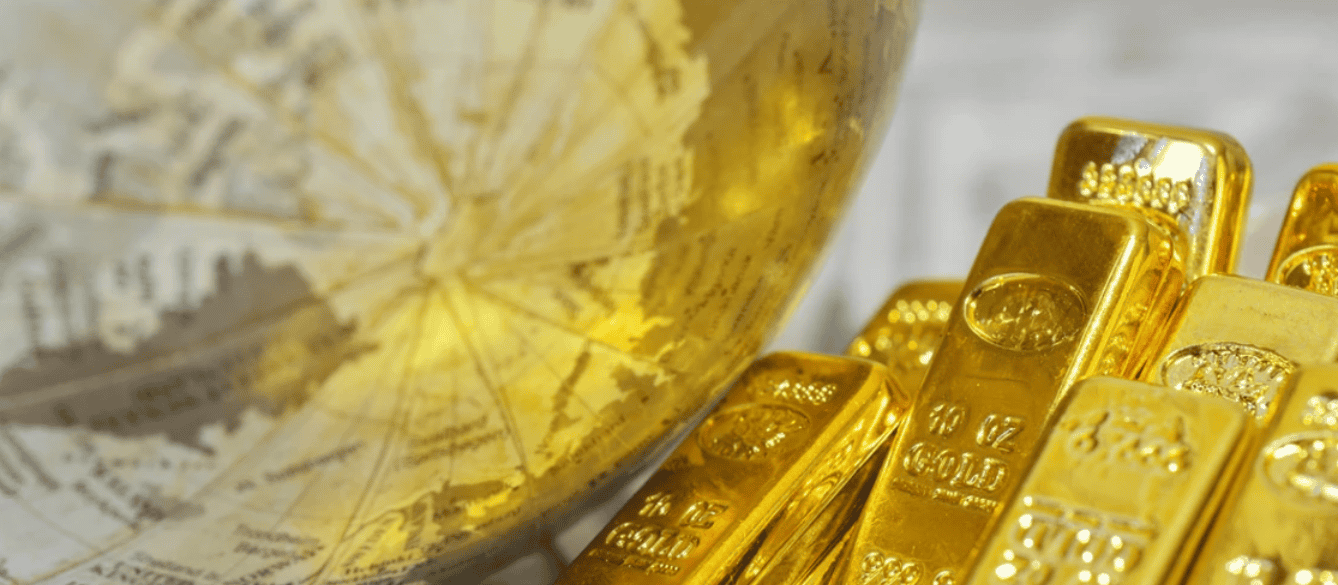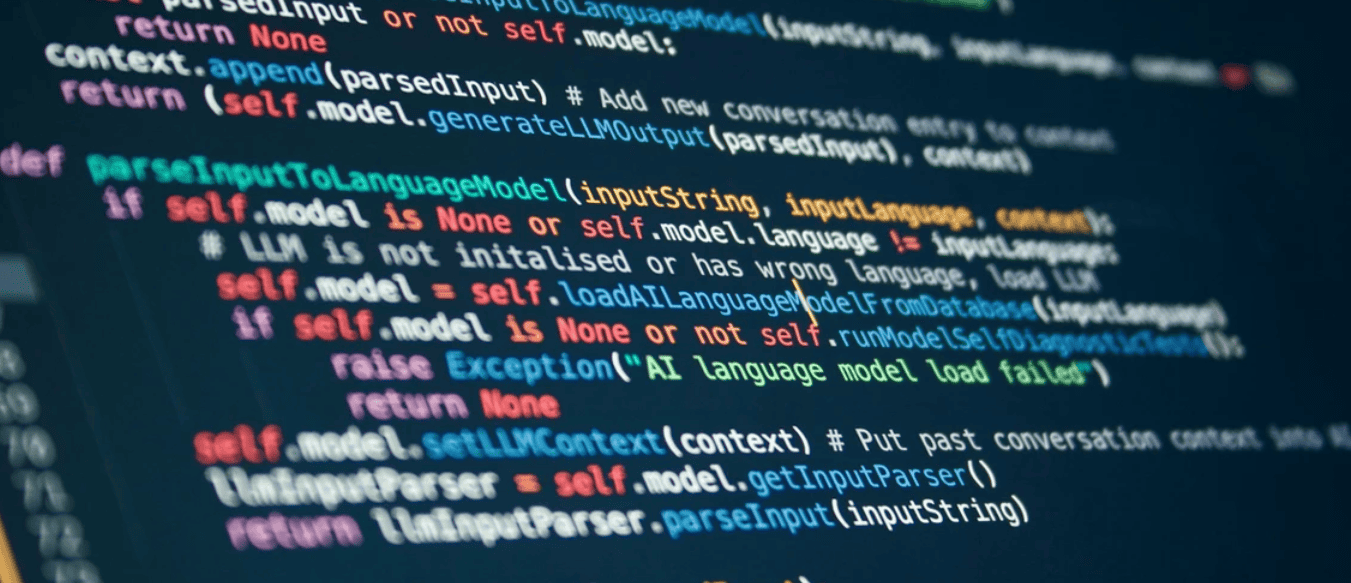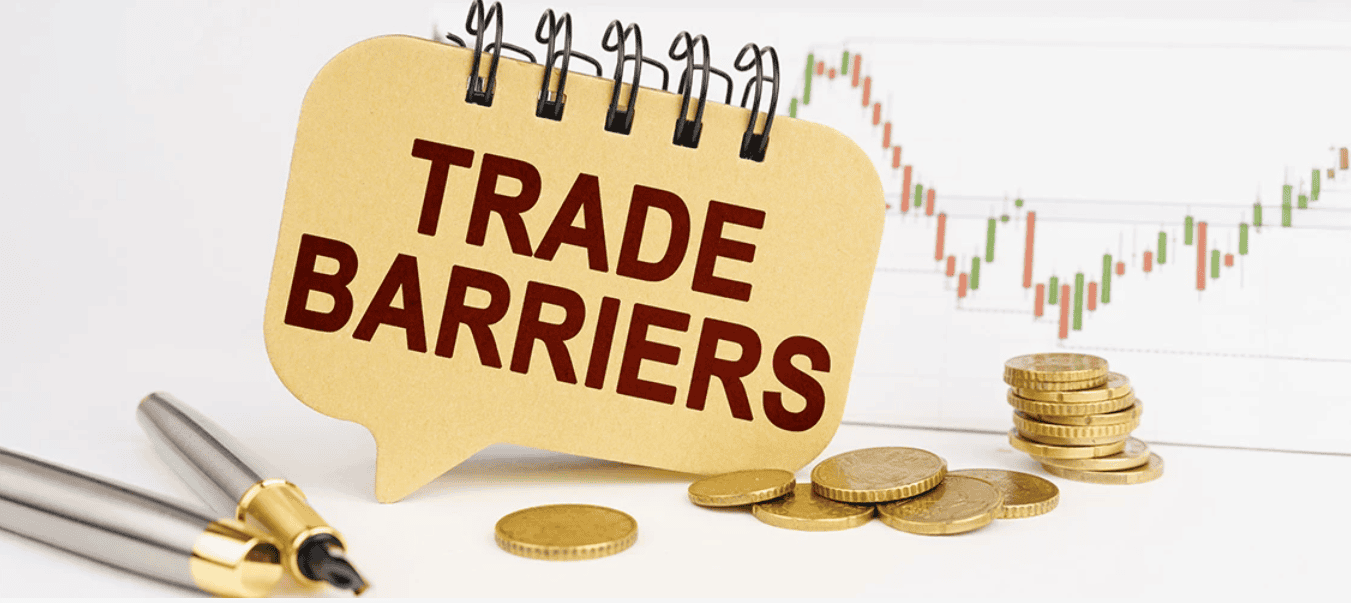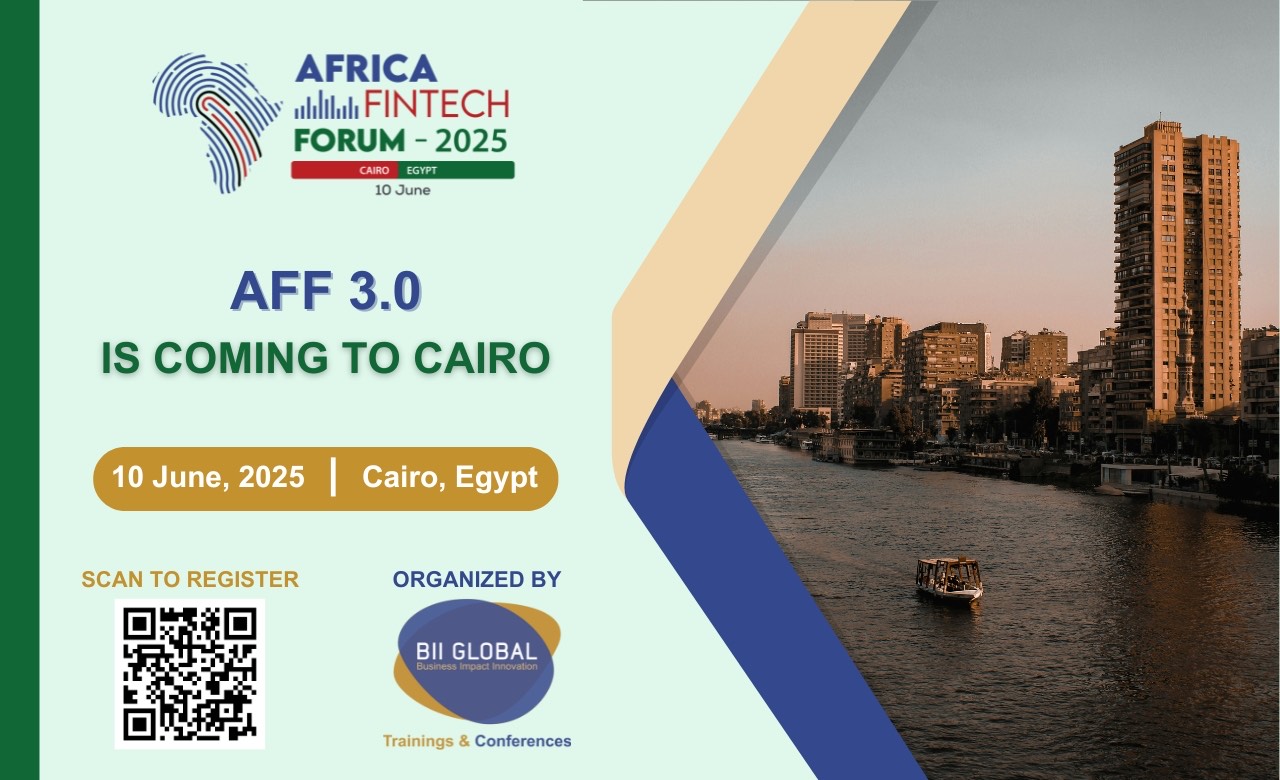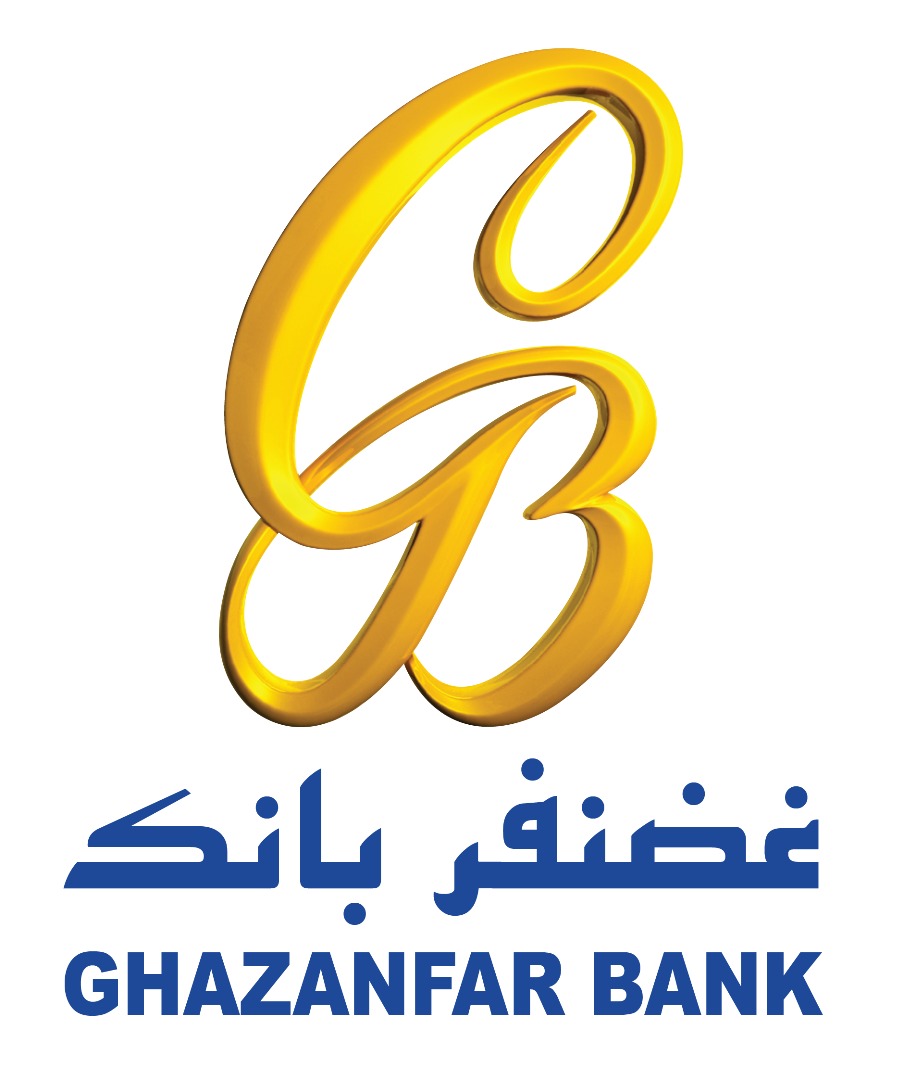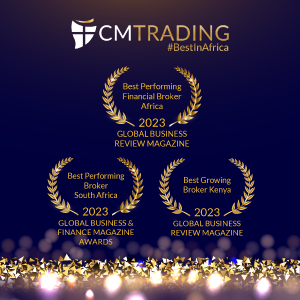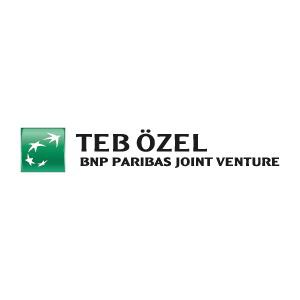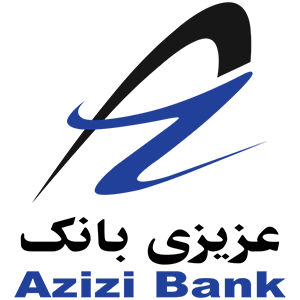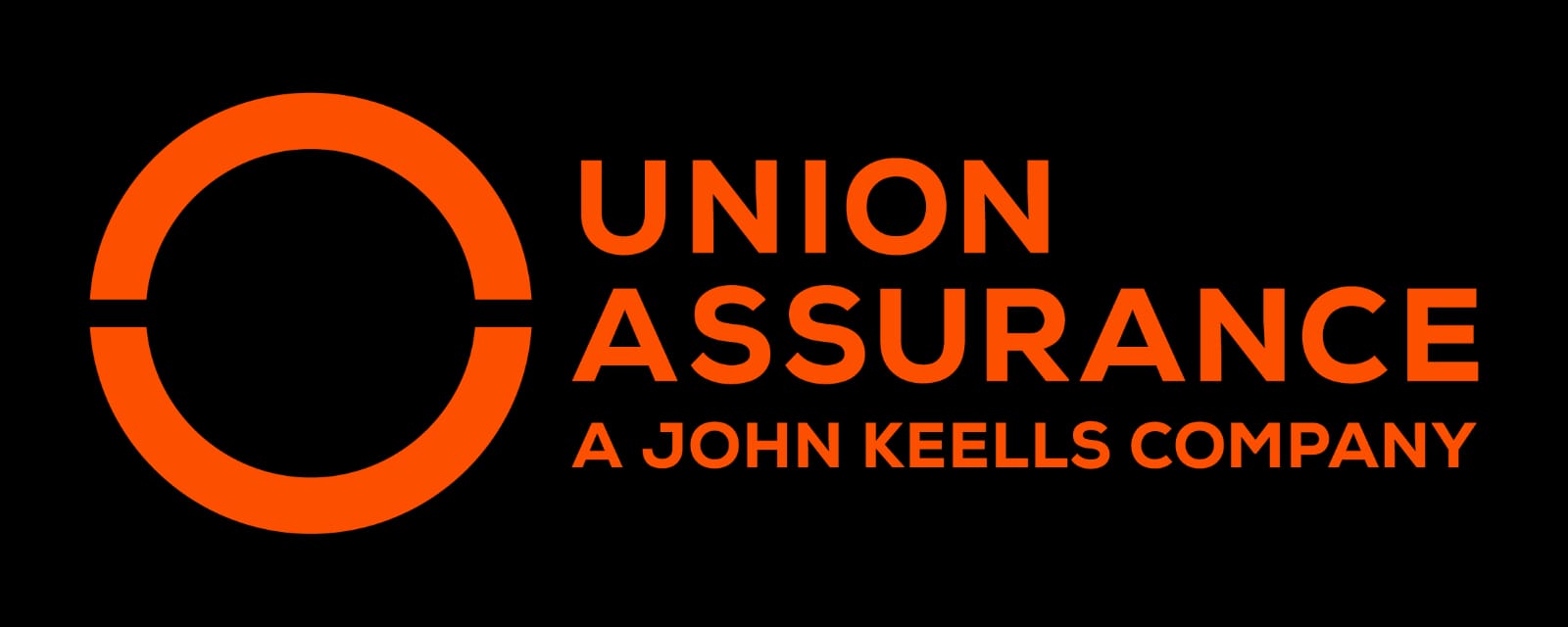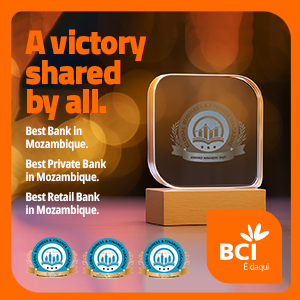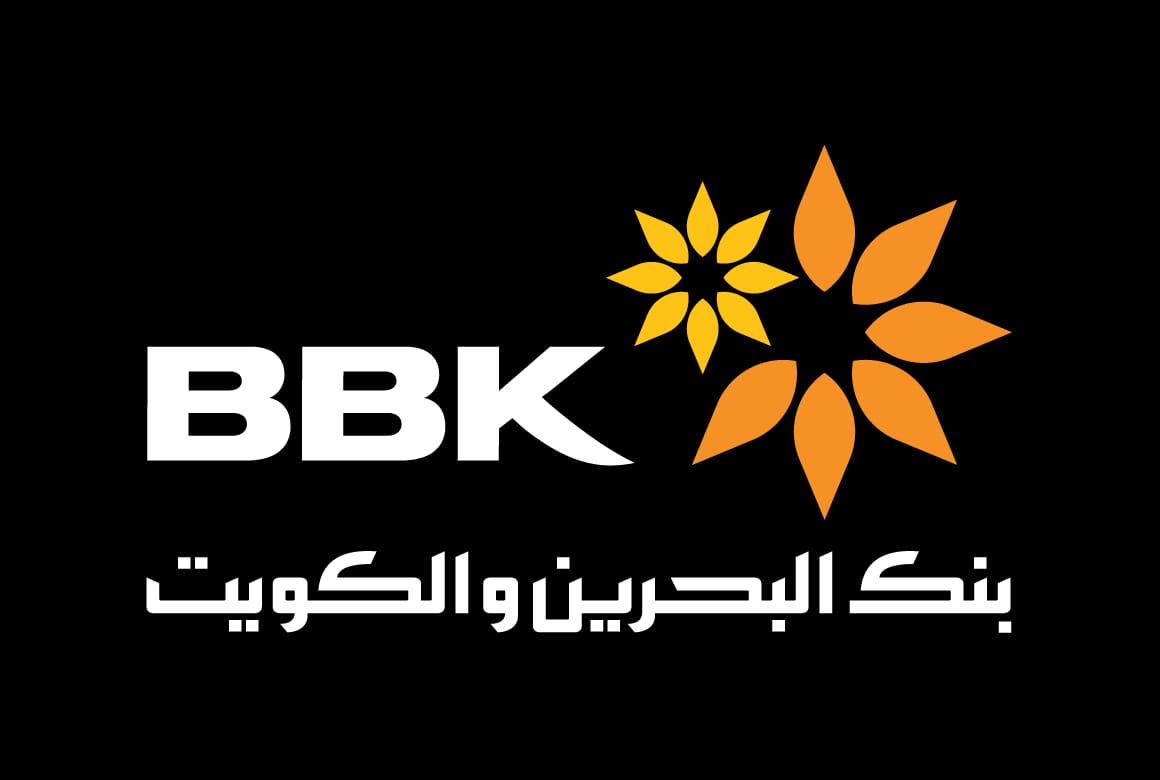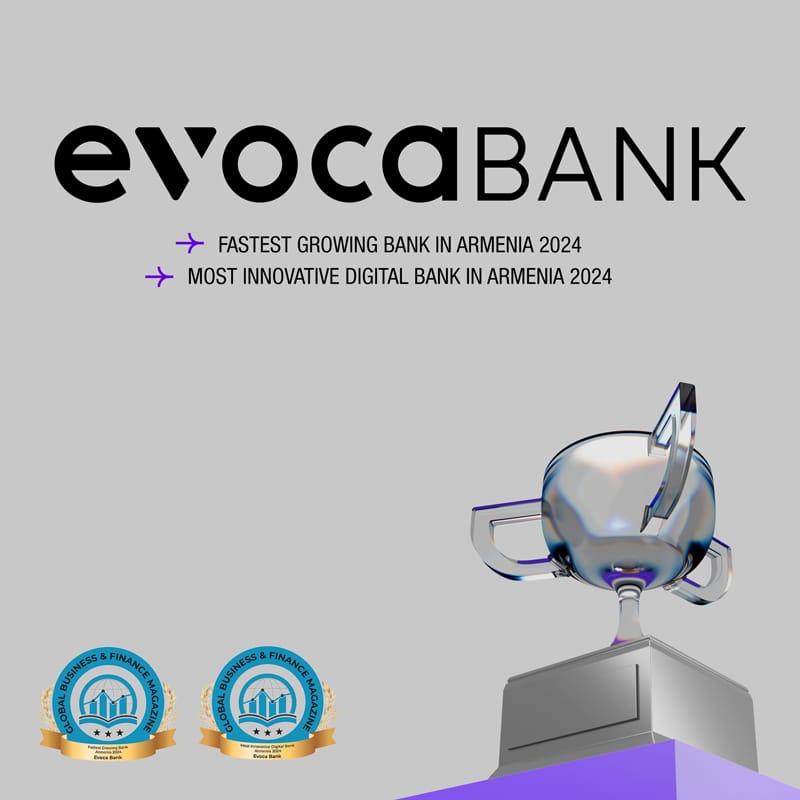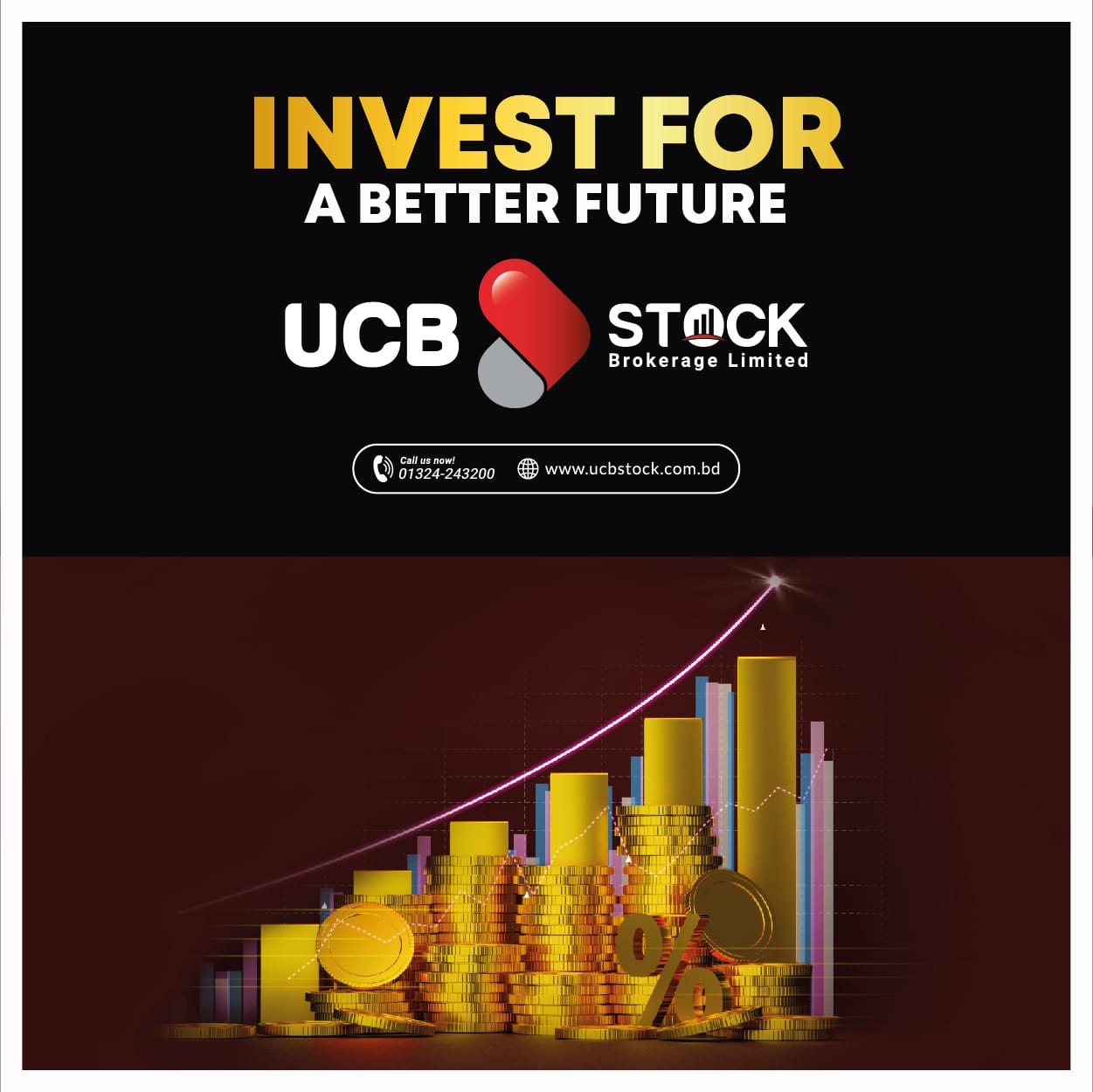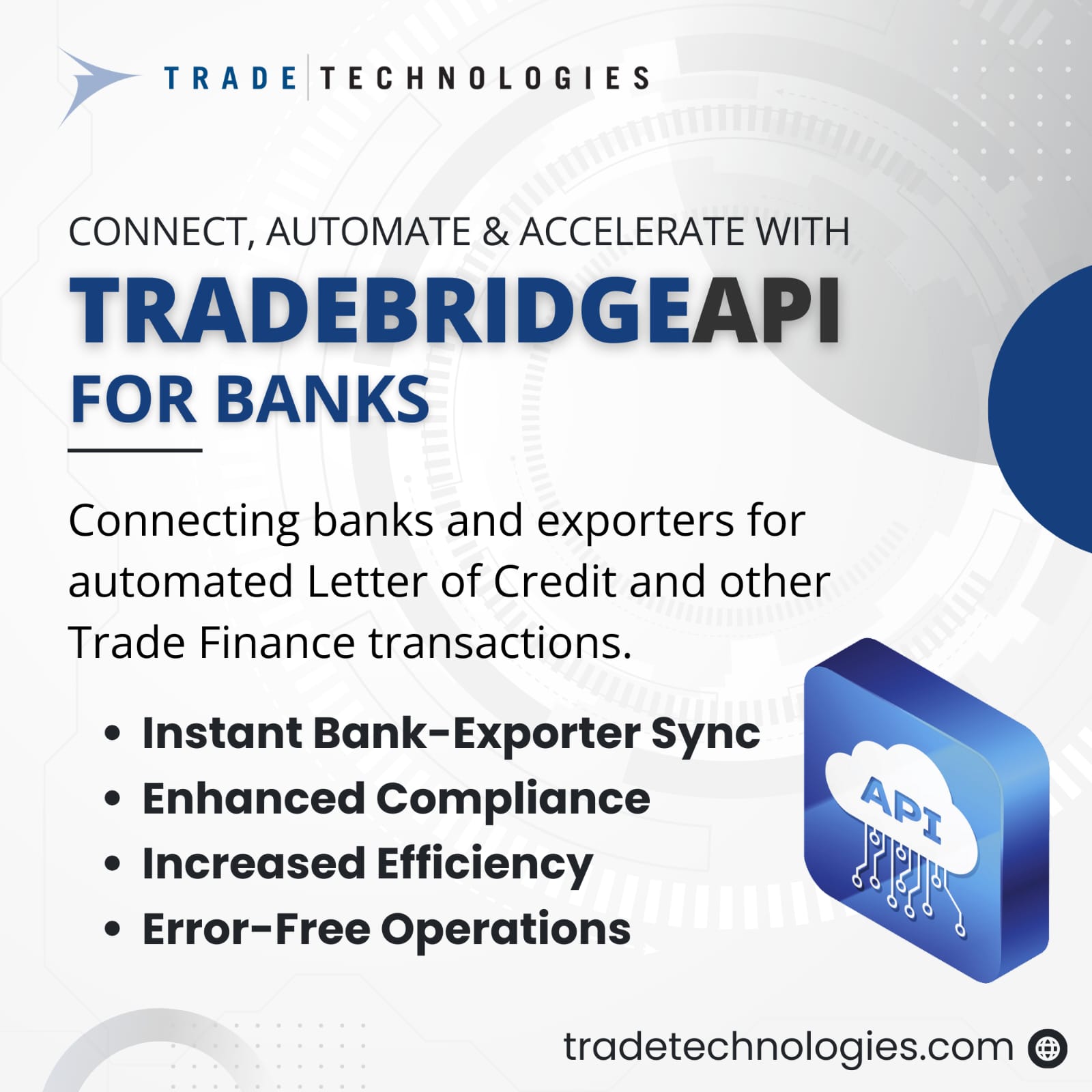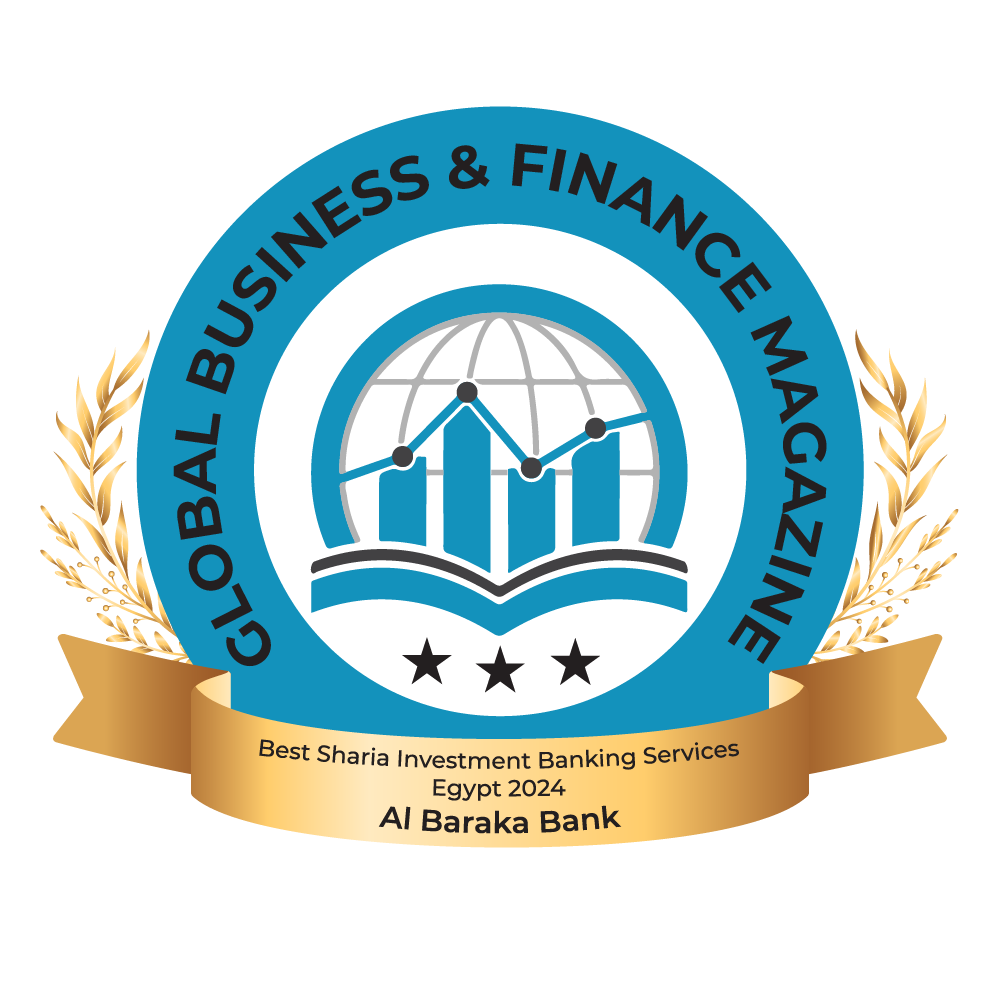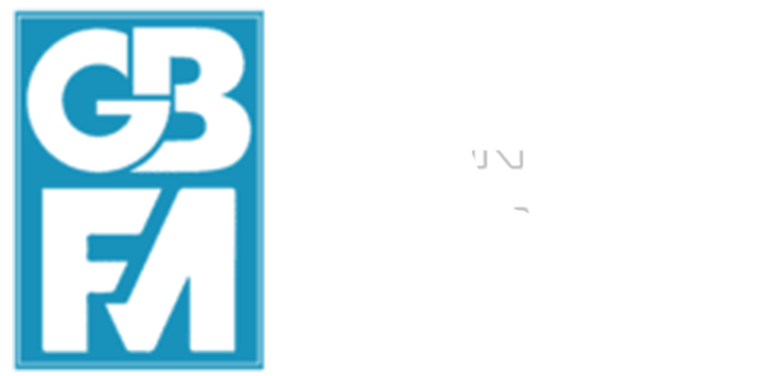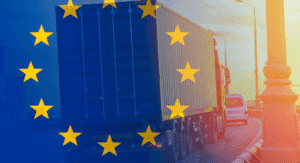Did you know? According to the latest estimates from the World Bank’s Poverty and Inequality Platform (PIP), 831 million people worldwide live in extreme poverty, surviving on less than $3.00 per day.
But how is this number derived? Where does the data come from?
In this blog, we take you behind the scenes. To understand how the World Bank measures global poverty, you have to follow the path of the data—from the moment it’s collected to when it becomes part of PIP. It’s a five-step process designed to produce transparent, high-quality, and internationally comparable poverty estimates—no matter where in the world the data comes from.
Step 1: A household’s doorstep
It all begins with household surveys.
National statistical offices (NSOs) around the world collect data directly from families, asking about their income, spending, and consumption. The goal is to capture a snapshot of what life is like for a representative group of people in the country over a given period.
In some low- and middle-income countries, the NSOs partner with World Bank economists in the design and execution of the surveys.
Step 2: A household’s shopping basket
Once the data is collected, the next step is to create a single measure of a family’s monetary well-being, known as the welfare aggregate.
This step involves tallying up the value of everything a household earns or consumes. Most low- and middle-income countries measure what households consume while most high-income countries track their incomes. In both cases, the goal is to ensure this “shopping basket” is as comprehensive as possible, including various sources of income or purchased items as well as the value of food that households produce themselves.
Differences in household survey design and the questions asked inevitably create some lack of comparability within and between countries, which we do our best to document.
Step 3: A common currency for the world
The next step is to improve the comparability of the welfare aggregates across countries and over time. Six regional statistical teams at the World Bank convert the aggregates into a common currency, making it possible to compare the costs of goods across countries and regions, despite differences in currencies and prices.
Two key tools are used to accomplish this. First, consumer price indices account for inflation over time within a country. Then, purchasing power parities (PPPs) adjust for price differences between countries. This process ensures that a dollar’s worth of purchasing power is the same, whether you’re in New York or New Delhi, and regardless of when the household survey was conducted.
Step 4: A country’s final tally
Once all the data are in the same currency, they are passed on to a global team that manages all the harmonized data from around the world and calculates the poverty and inequality estimates from the household surveys.
This is where the international poverty line—currently set at $3.00 per person per day—is used as a benchmark to determine how many people live below it. This line reflects the standard of poverty used in the poorest countries.
To get a more complete picture of poverty, inequality, and prosperity, we also compute a wide range of other measures. These include multidimensional poverty, which goes beyond income and consumption to capture other important aspects of well-being, such as access to quality education, clean water, and electricity.
Step 5: Filling in the blanks
Not every economy conducts a household survey every year. To create a complete global picture, the data is complemented through statistical models that use macroeconomic growth rates, such as growth in GDP per capita, to nowcast, extrapolate, or interpolate to fill in the blanks. This ensures that we have an estimate for every economy for each year.
For countries with no data at all, we have developed a model that predicts their welfare aggregate based on factors known to be associated with poverty. This is how we build the continuous, comprehensive view of global and regional poverty that we report in the PIP, the final stop on our journey.
But the journey does not have to stop here. By making the data available through a variety of tools, we hope they will be used to track and inform progress in the global fight against poverty.
Source : World Bank

